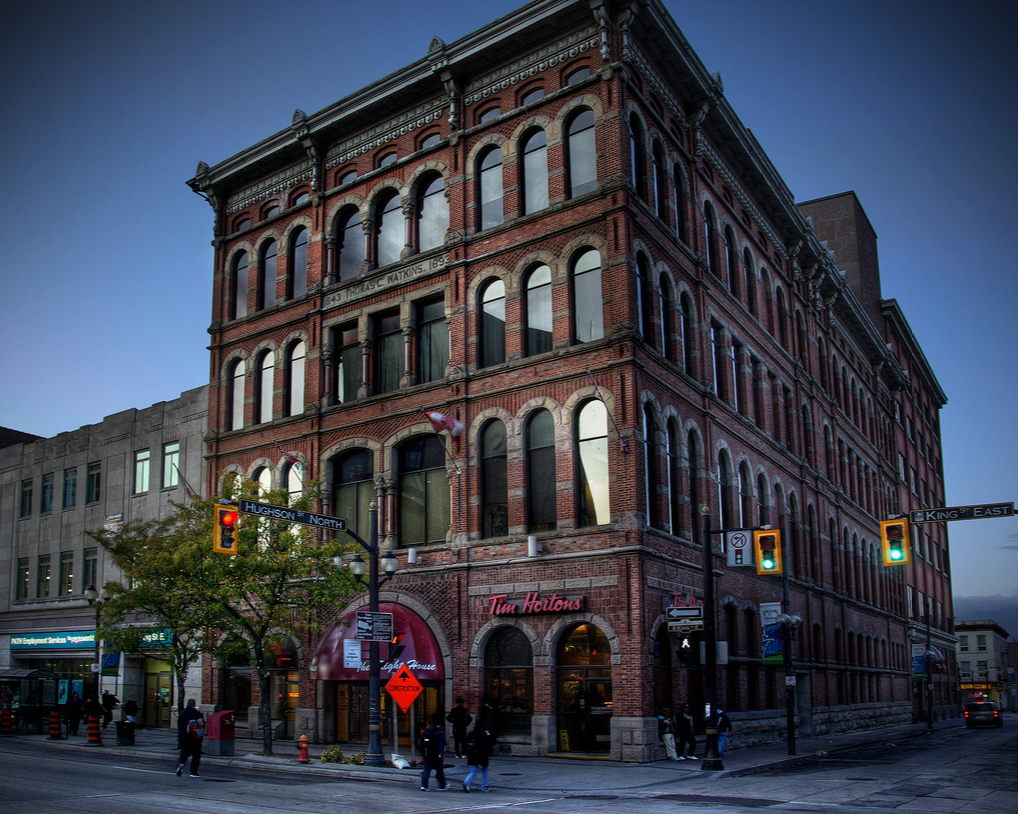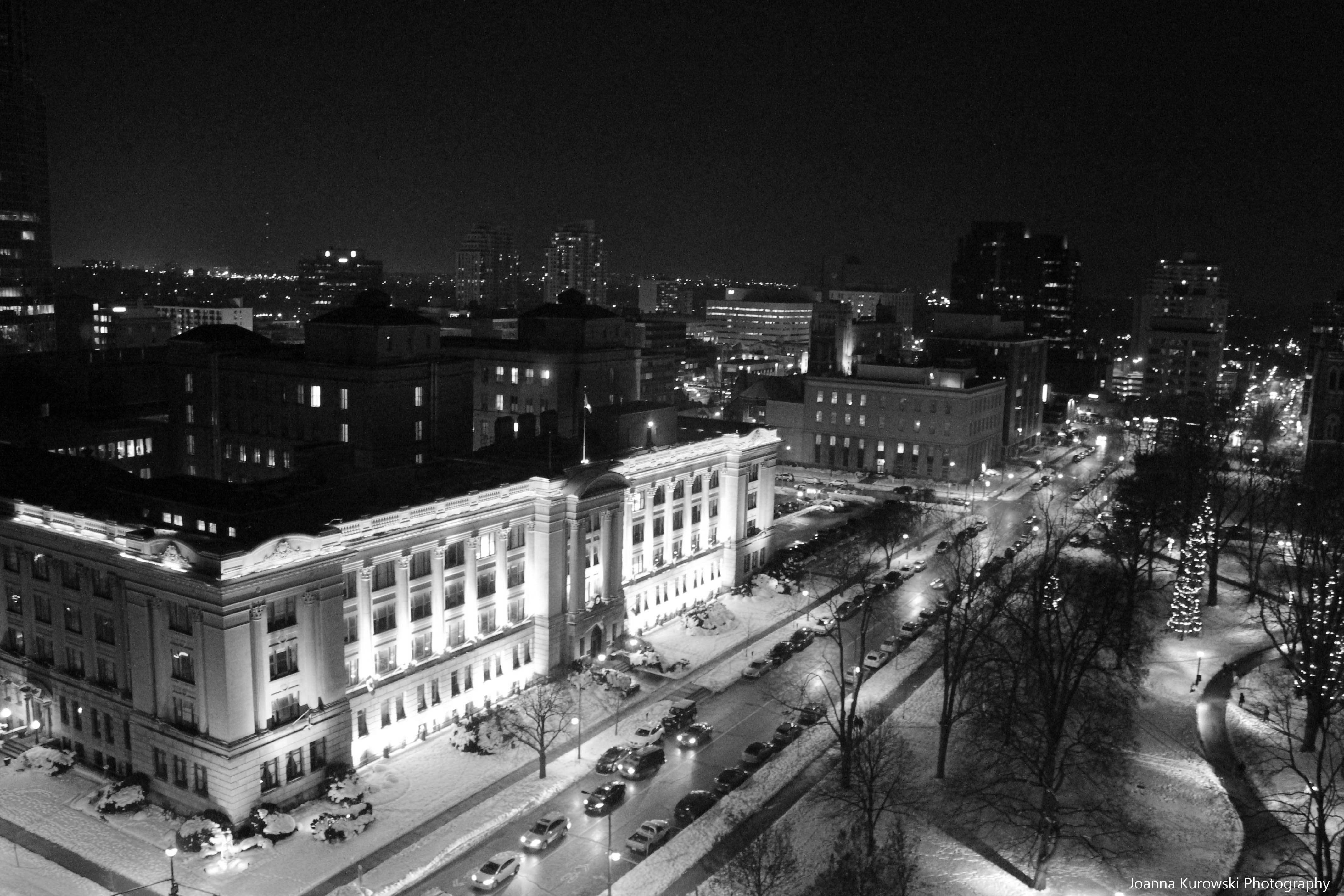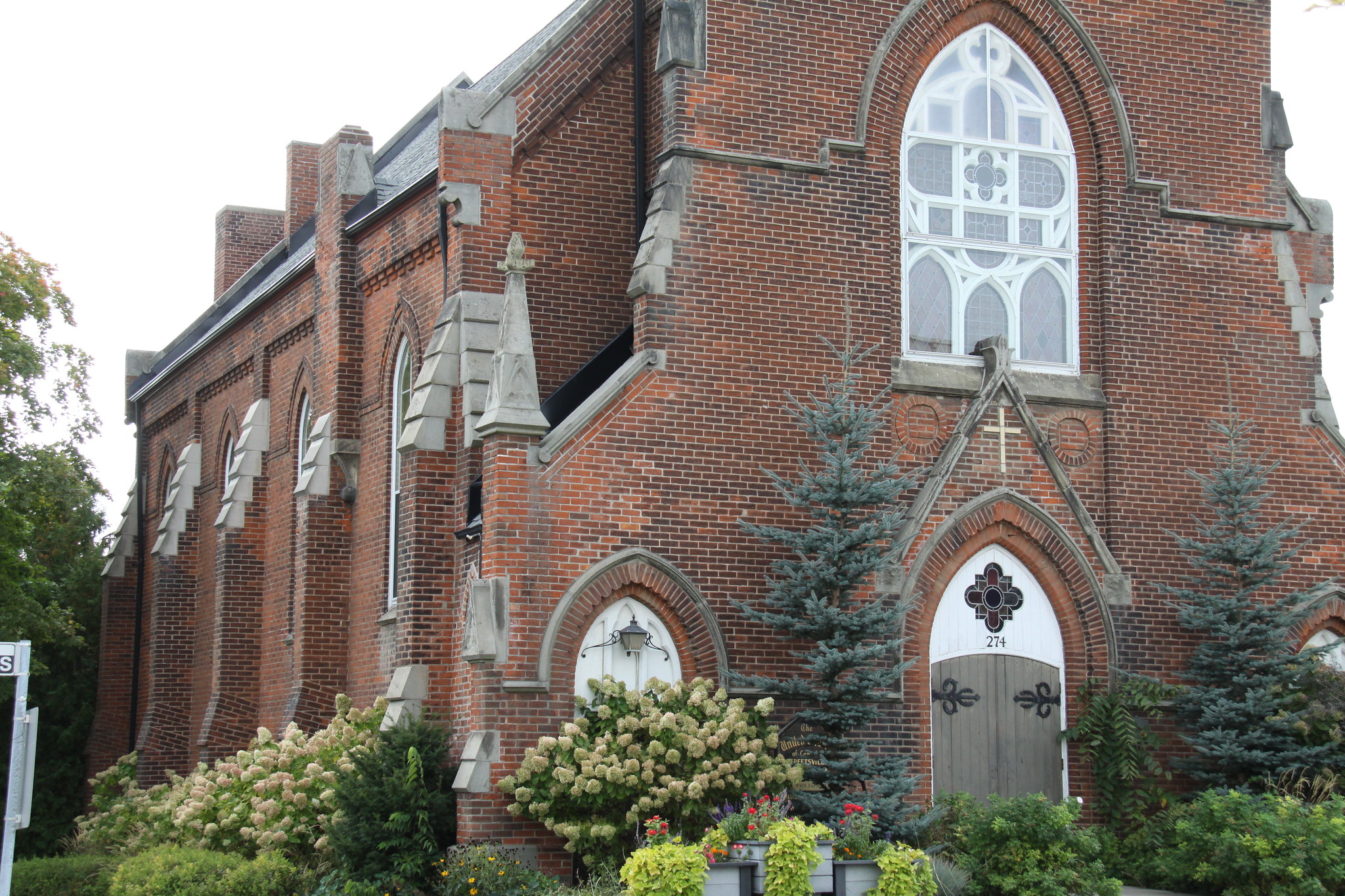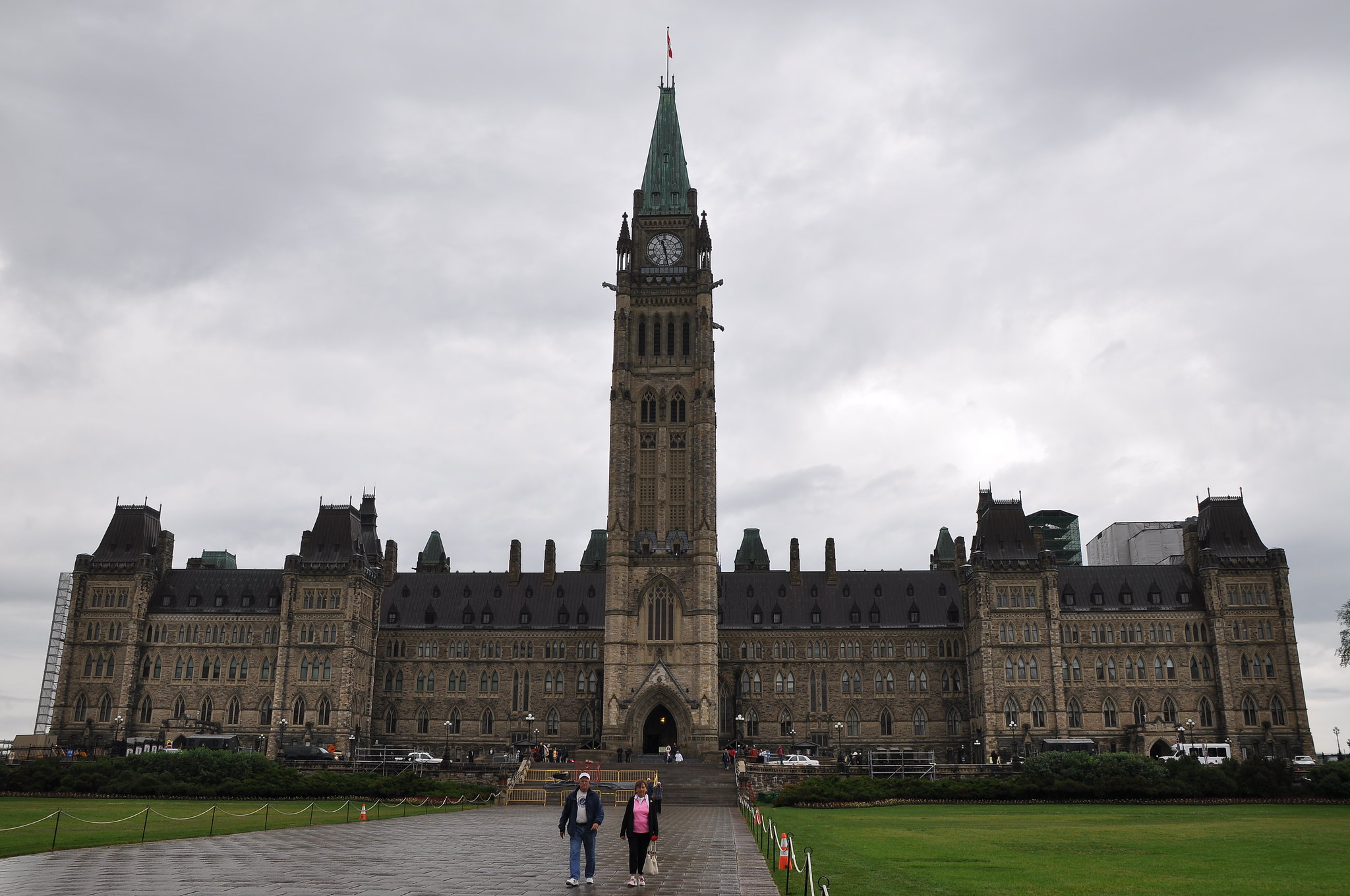Photo by: Doris Callahan
Ontario passed the Ontario Municipal Act, 2001, allowing municipalities to establish tax rebate or refund programs of 10-40% for eligible designated heritage properties. This tool gives municipalities the option to implement a tax based incentive for the purpose of managing built heritage, but it does not impose a mandatory requirement.
The result? An inconsistent mosaic of differing rebate programs throughout Ontario, where some cities offer the maximum support allowed while others lack a program altogether.
But why?
The obvious answer: the rebate program doesn’t actually work for all municipalities. Different cities have different pieces of built heritage and different owners with different needs.
Here are 3 notably historic cities that manage their heritage without the use of heritage rebate programs:
Photo by: Shankar S.
1. Ottawa
Our nation’s capital lacks a tax rebate program completely. This city stands out as a bit of an oddity, given the large amount of built heritage that one associates with it. However, due to the large amount of federal government buildings that occupy the city – probably the ones you first think of upon hearing “Ottawa” and “heritage” together – the municipality lacks a large tax base to draw upon for the purpose of supporting local heritage owners through rebates. Instead, Ottawa has an active grant program available to its residents. This city has also taken efforts to educate and engage the public in heritage matters, thereby, additionally supporting its residents in ways other than financial means.
 Photo by: Bryan Scott
Photo by: Bryan Scott
2. Hamilton
Ontario’s Steel City is comprised of heritage different than the federal buildings that decorate Ottawa’s cityscape or the historic homes we find scattered in Mississauga. While there exists a variety of built heritage in Hamilton, its industrial and economic history has contributed heavily to its collection of historic industrial buildings now suitable for adaptation. These large scale projects often require upfront financing, which can be difficult to obtain when bankers aren’t well-educated nor excited about "risky" heritage projects. Loans and grants are more useful and meaningful than a tax rebate in this case. Instead of rebates, Hamilton offers financial support to its residents and heritage developers in the form of policies such as the Development Charge Exemption for the Adaptive Reuse of Heritage Properties, the Hamilton Heritage Property Grant Program (HHPGP) and the Hamilton Community Heritage Fund Loan Program (HCHF).
 Photo by: Joanna Kurowski
Photo by: Joanna Kurowski
3. London
What this city lacks in famous tower clocks, like Big Ben, or distinguished bridges, like the Tower Bridge of London, England, it makes up for in well-maintained heritage conservation districts (HCDs). With 7 HCDs, London is home to approximately 3,863 – if not more – designated heritage properties (Part V). Assuming that all of these properties satisfy all other requirements for receiving a rebate, all of these properties would be theoretically eligible to receive one. Moreover, as a single tier municipality, the set rebate percentage would be calculated based on the entire tax bill. By comparison, when a rebate is invoked by the lower-tier municipality of a greater multi-tiered municipality, the upper tier is not obligated to match the rebate amount; thus, the tax base used to fulfil regional services would remain unaffected by the rebate deduction. Through the use of HCDs, London has found a way to protect heritage in a communal setting; those who buy property in these areas buy into communities where they can expect their neighbours to uphold the same standard of property maintenance that they are also accountable for.
 Photo by: Doris Callahan
Photo by: Doris Callahan
Where does Mississauga fit into the mix?
As a lower-tier municipality that is part of the Region of Peel, encompasses 2 HCDs, and lacks federal and industrial designated heritage buildings, Mississauga is unlike each of these examples. Instead, Mississauga compares better with its lower-tier counterparts from the GTA that have implemented successful rebate programs, including Burlington, Markham, Ajax, or Halton Hills.
So, what can we expect in Mississauga’s future?
According to the Municipal Act, 2001 … possibly, anything!
Can’t get enough heritage? Check out the links below:
- Historic Train Stations in Mississauga
- Distinctive Destinations: The Thrill of Discovery
- A Look Back at Square One 40 Years Ago
- The People Behind the Street Names in Mississauga
All photos in this blog post have been reproduced with the permission of their creators.

